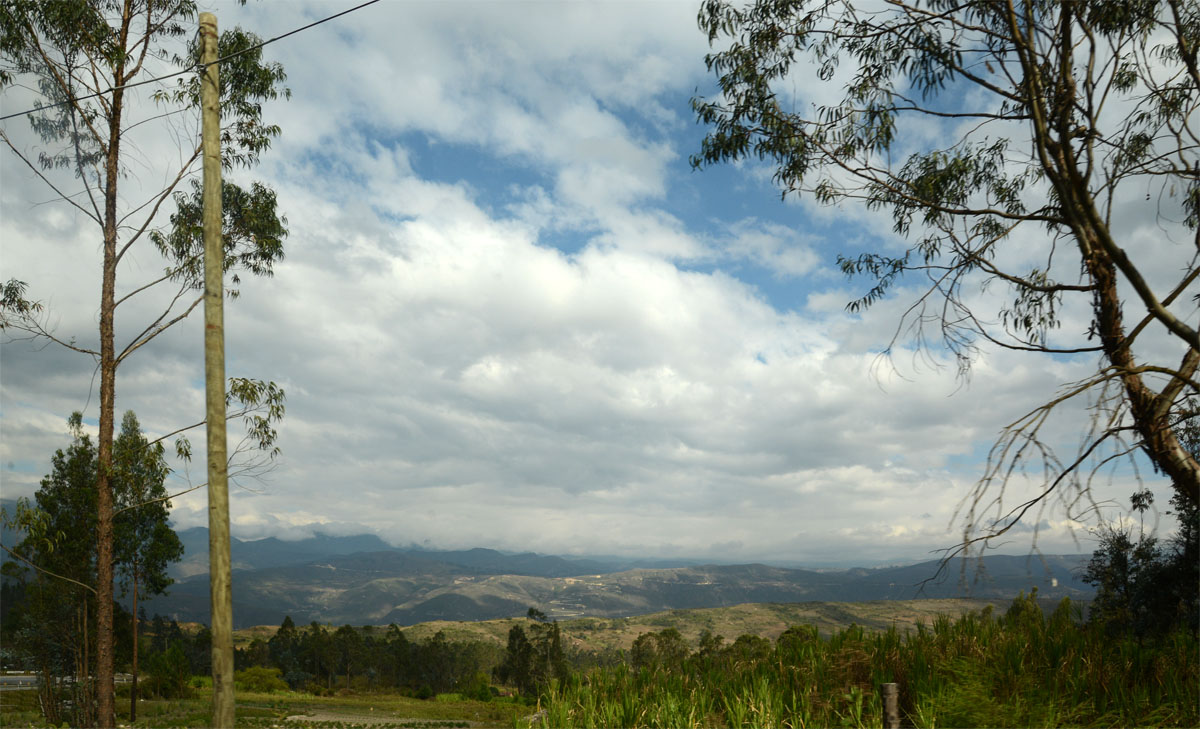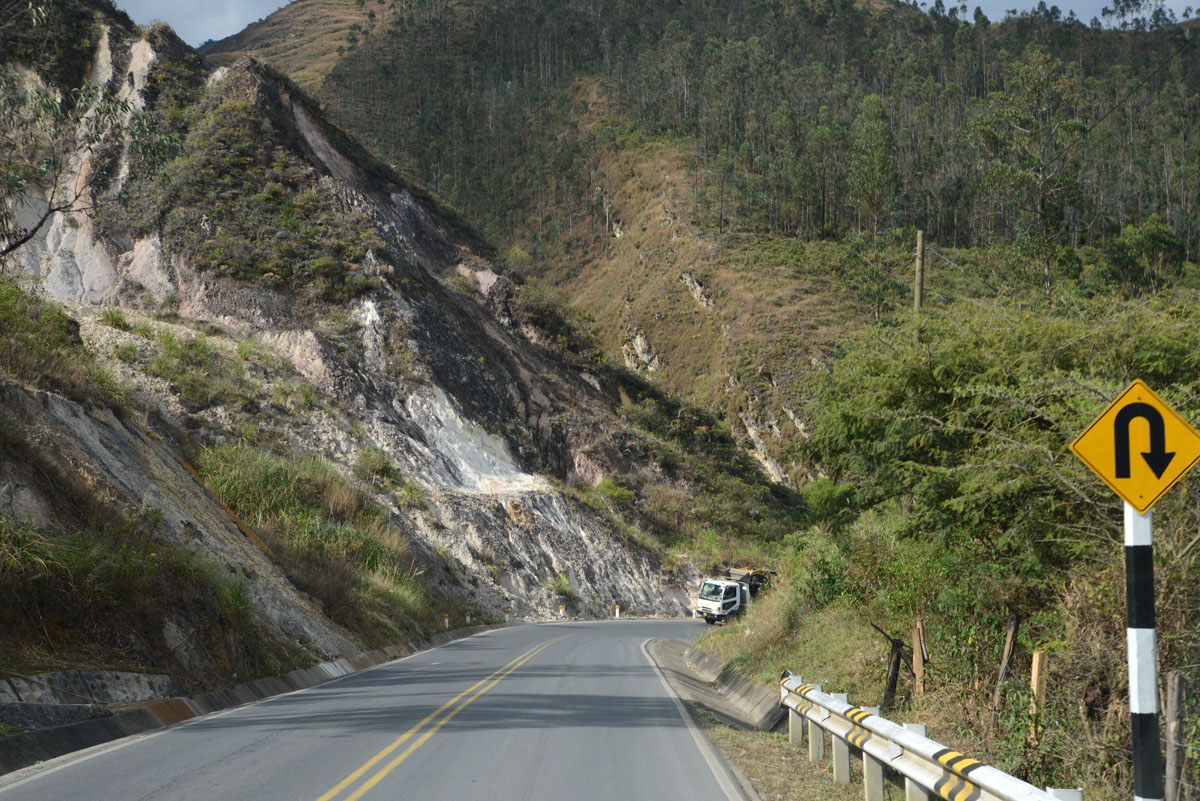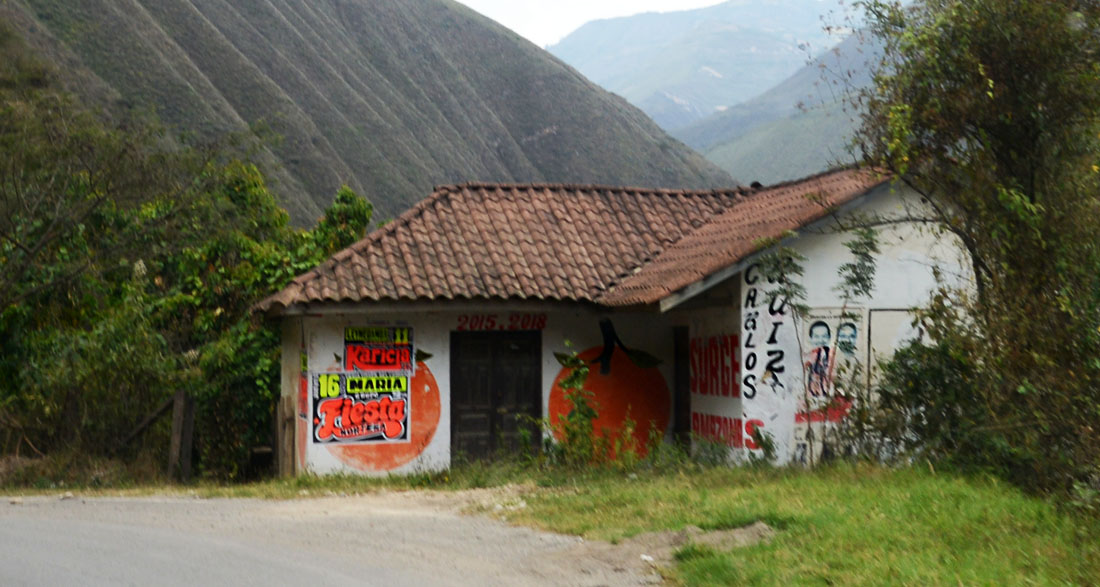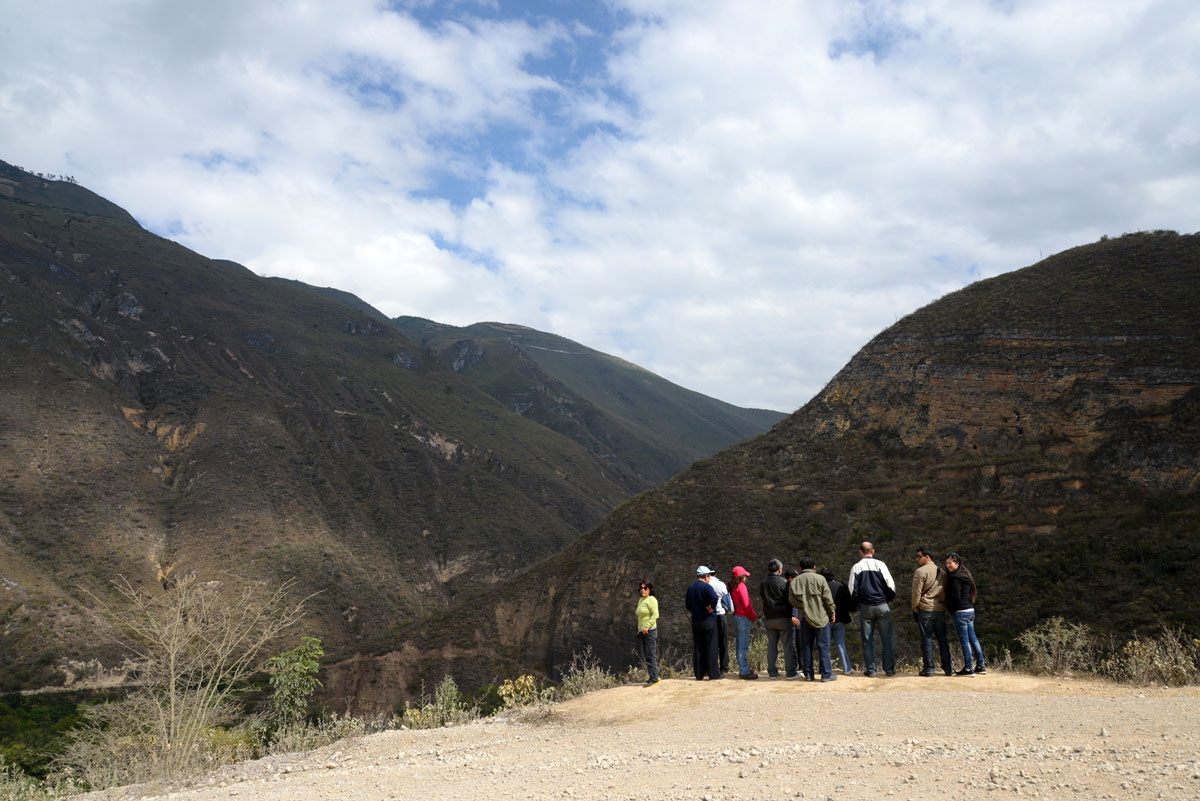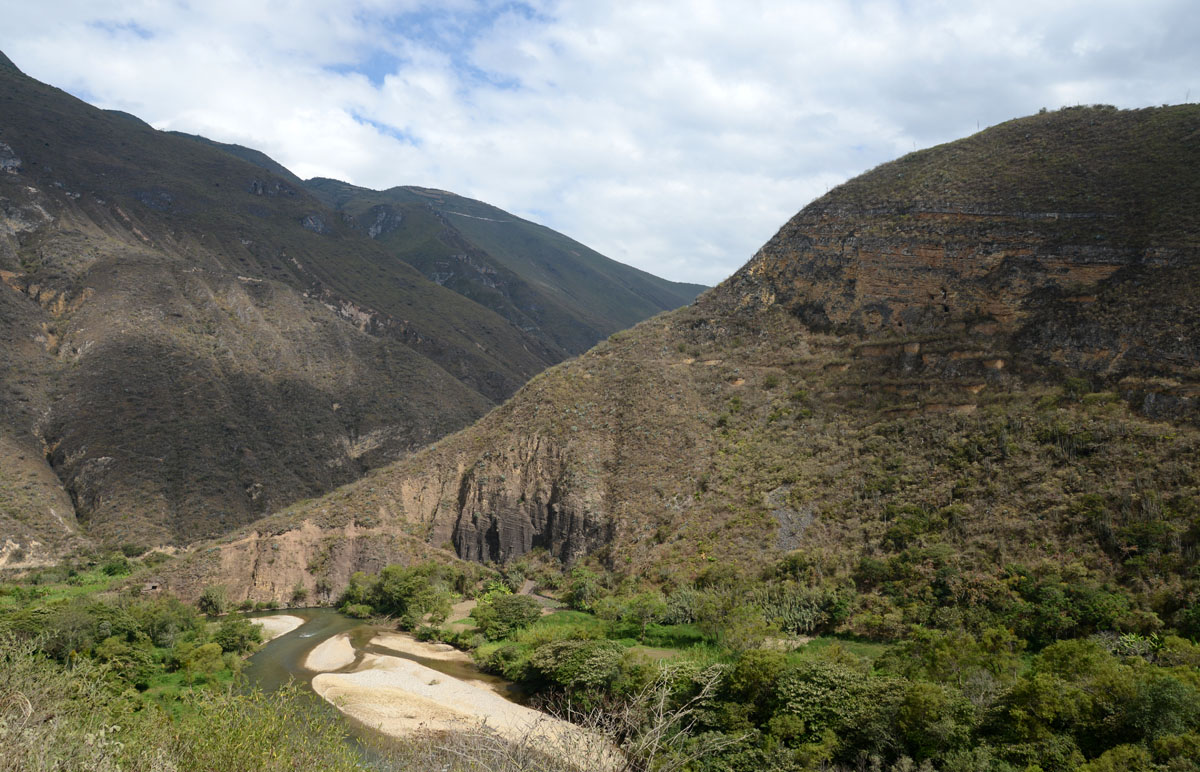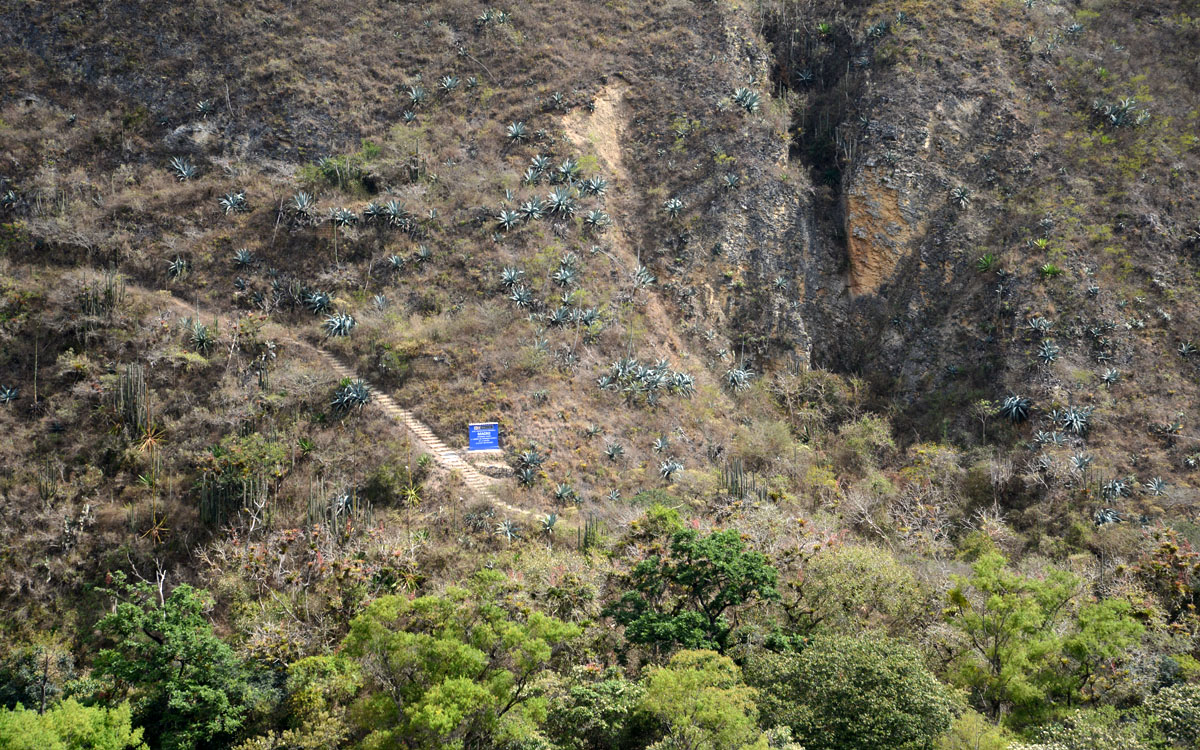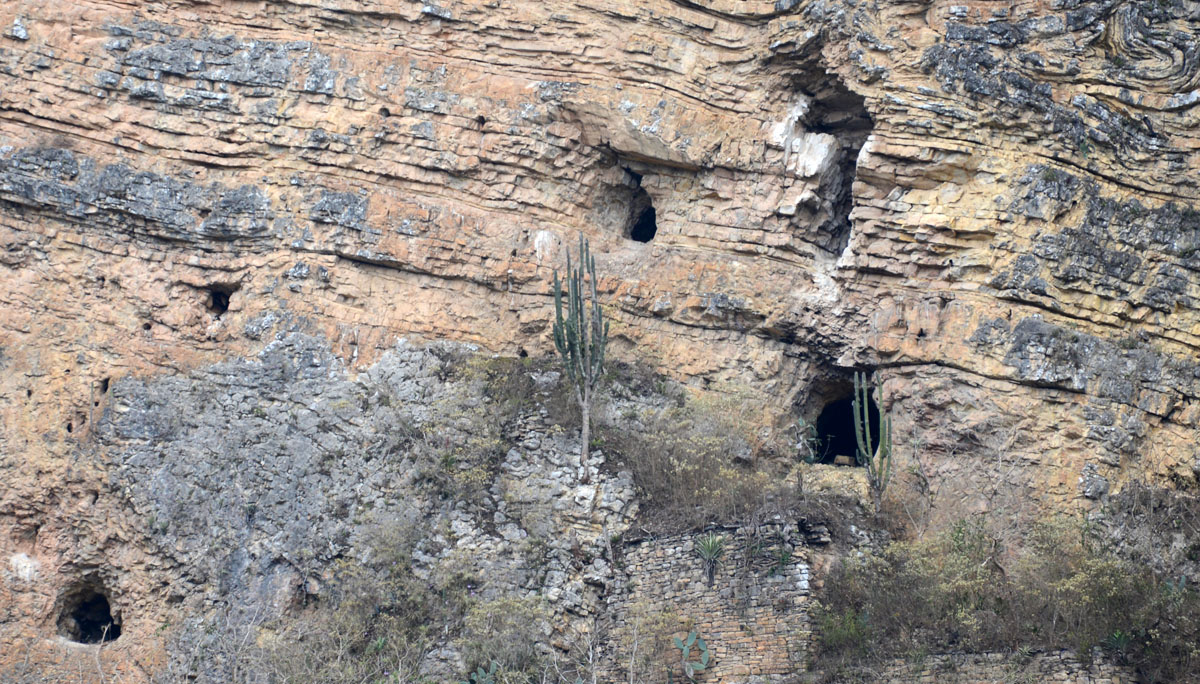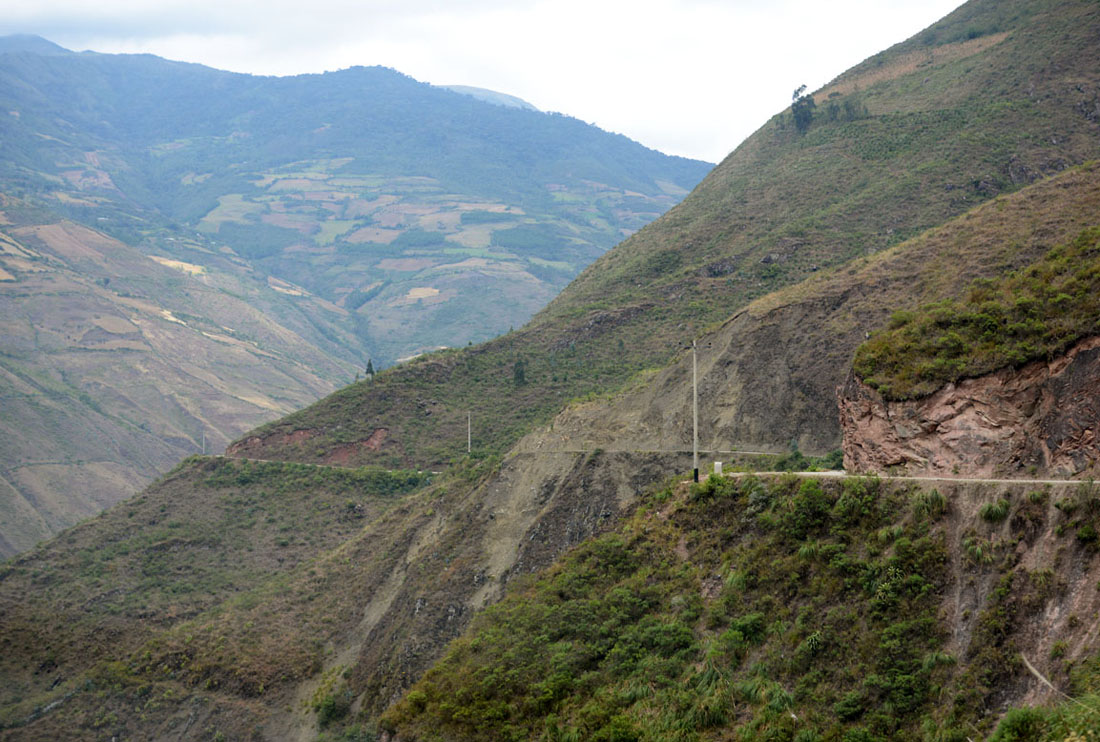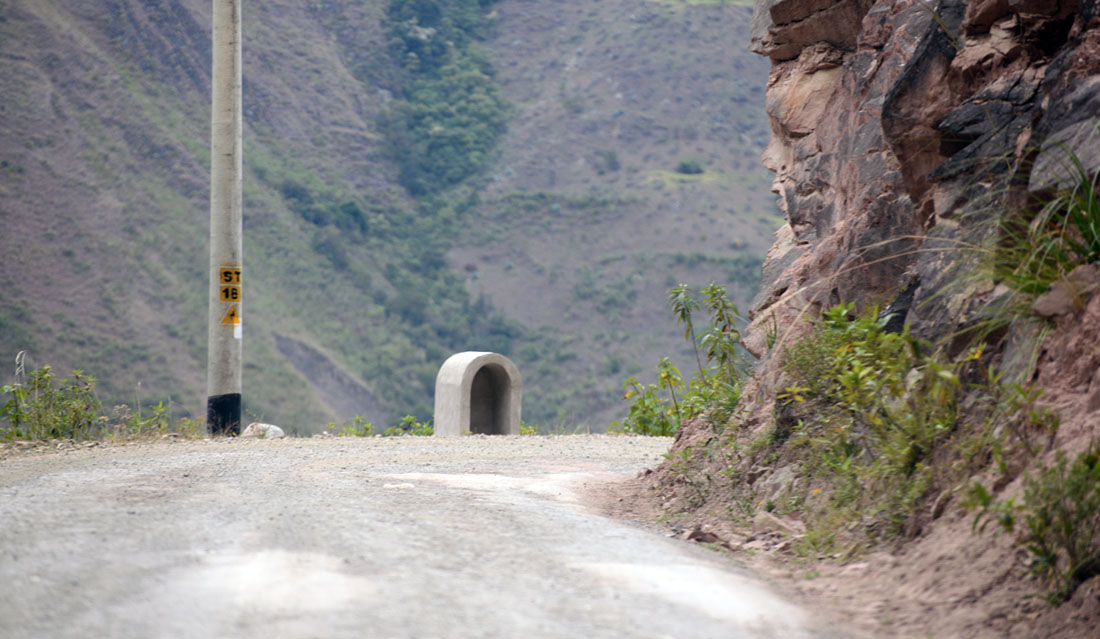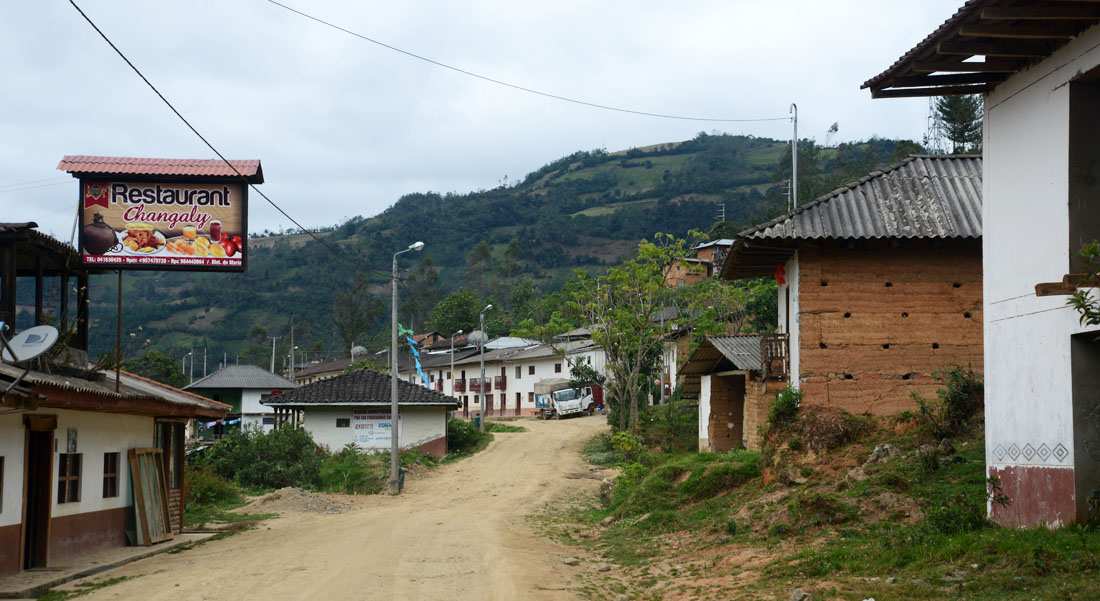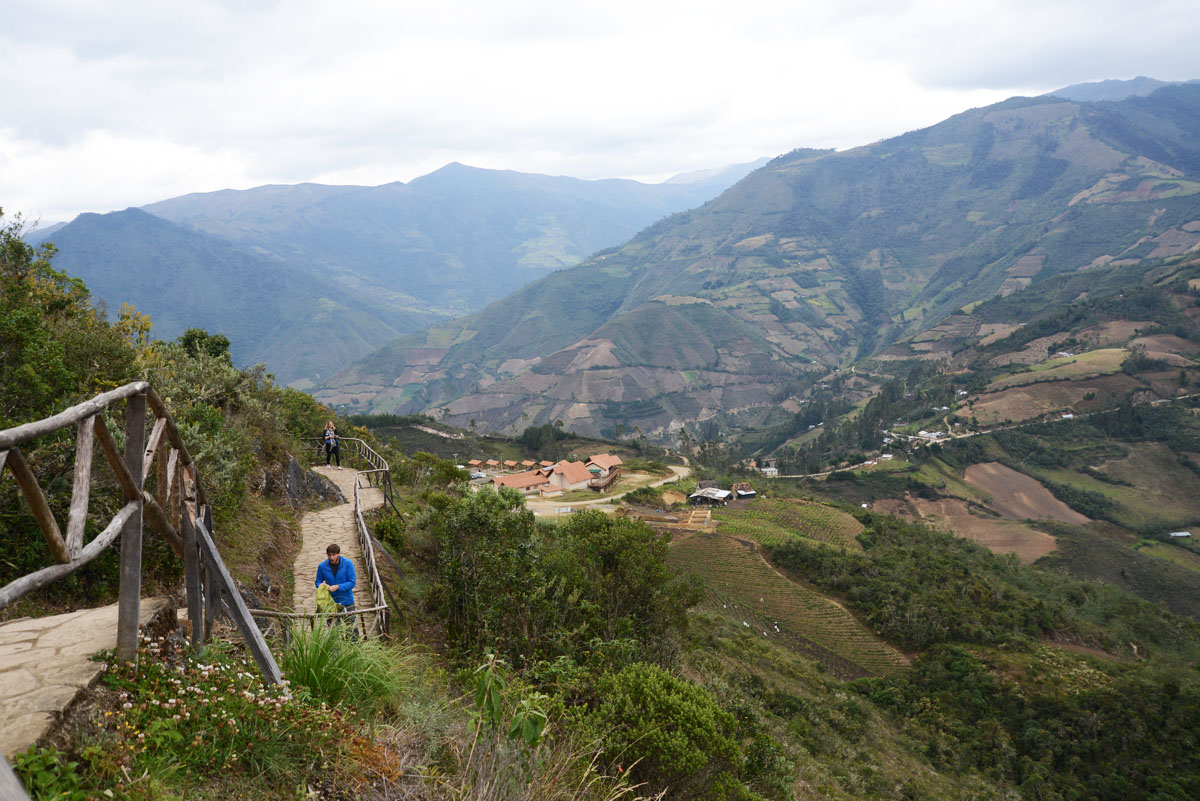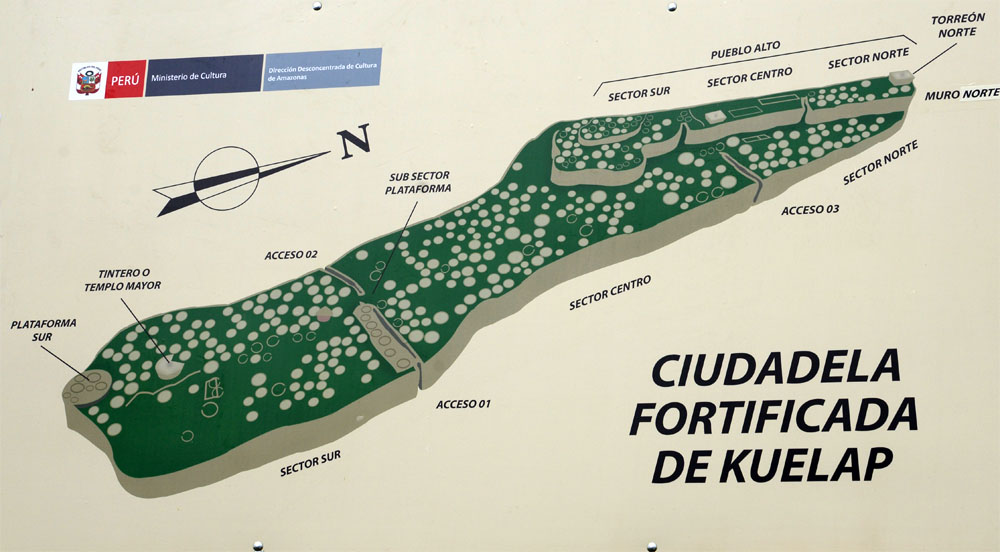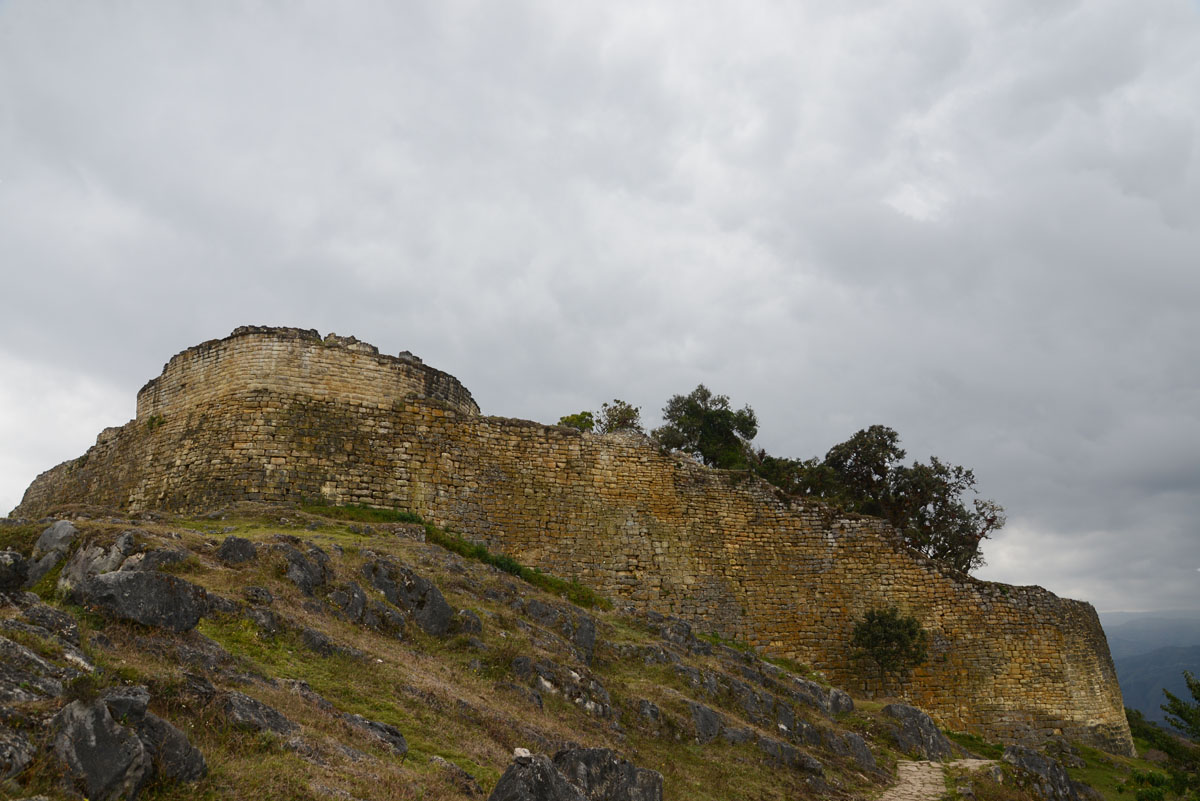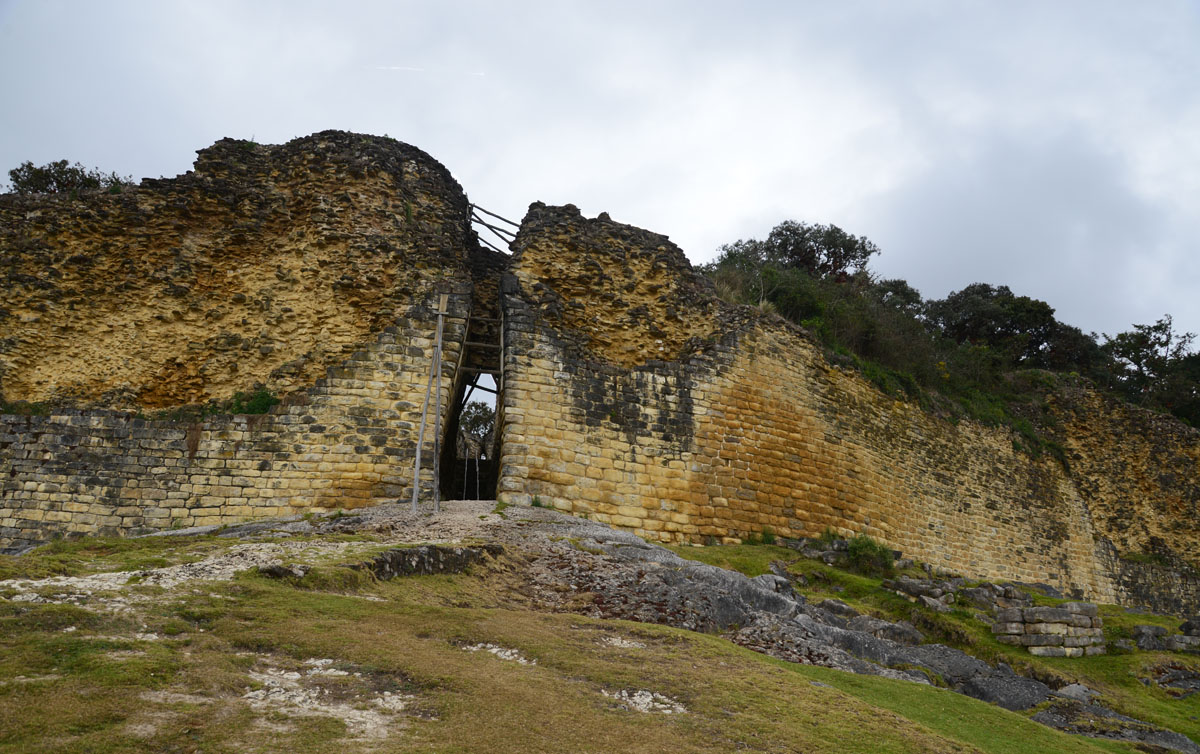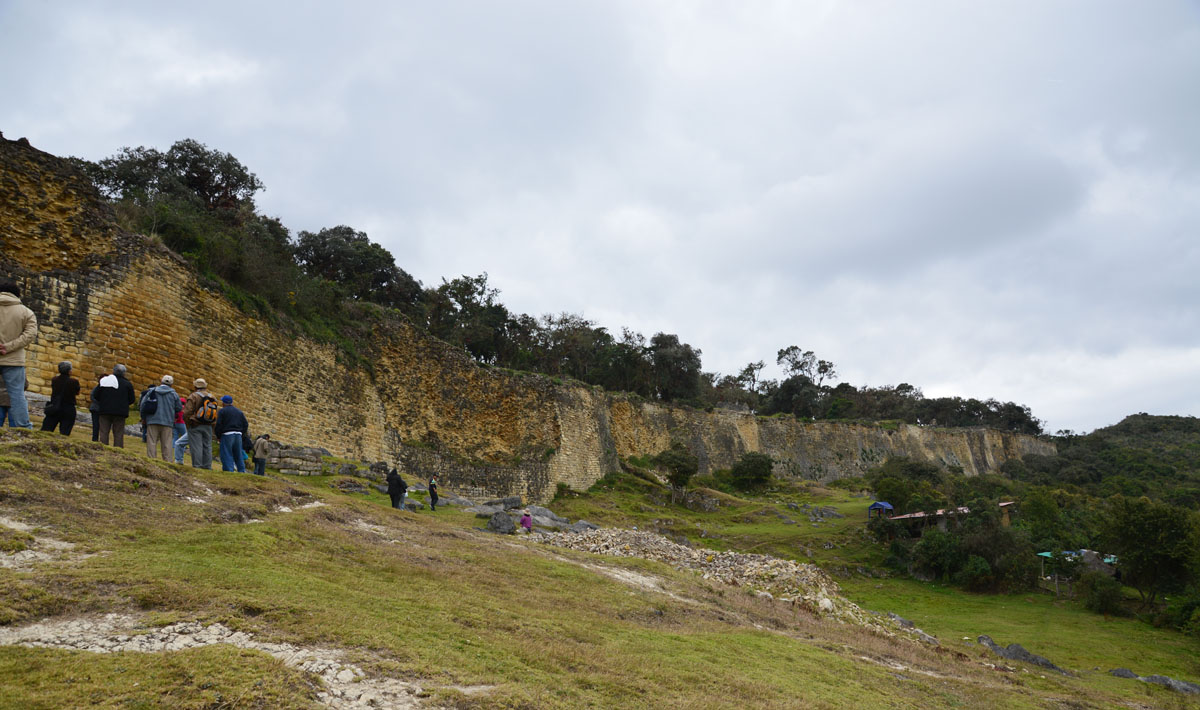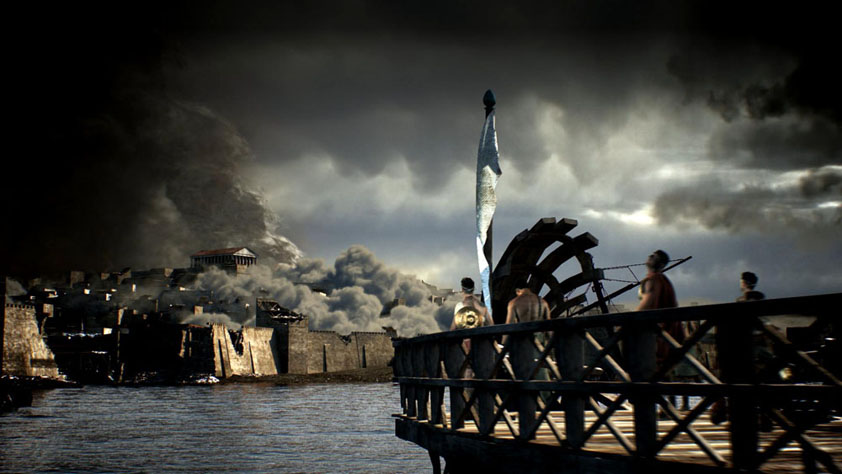
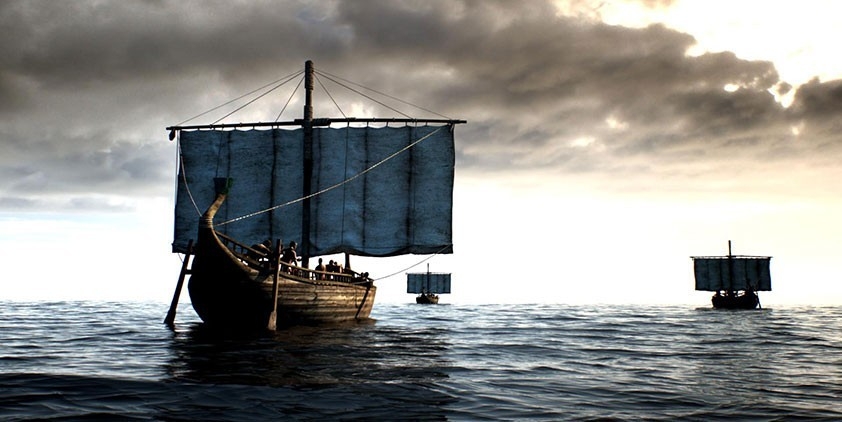

Because of the mysterious fortress of Kuelap, featured in a Secrets of the Dead episode (PBS), that supports some of the strange findings and differences in population that are associated with this place, for me it had become a must-see location in Peru. The images depicted are from the video and show.
The thesis, yet to be proven, in case you can't access the video, says that when Rome finally defeated their great rival in the Mediterranean Sea, Carthage, they set about to raze and burn the capital of that empire (located near modern day Tunis). The thesis then suggests that rather to return to Carthage and face certain death, merchants at sea, when seeing their city go up in flames, fled through the Pillars of Herakles (Gibraltar) into the Atlantic. At least there might be a small chance of survival. The theory then states that some of those ships, loaded with people and goods, would have arrived on the East Coast of the Americas. A war axe of that period was found in the Amazon basin, and since the arrival of the Spanish, stories of attacks by bow and arrow equipped white women (in ancient Greece known as Amazons) spread, and ultimately gave the large river in South America its name. And finally there was Kuelap. A large fortress high in the Andes mountain range, that has no equal anywhere on the continent. But there are others just like it in the Mediterranean region. And lastly the people of the larger Chachapoyas area are not from the same mold as that of the Inca, which were found to the north and south of them. They were, are, different, and by now we know, with still more research to be financed and done, genetically and in appearance (xenotype) different from the rest of the South American native populations.

